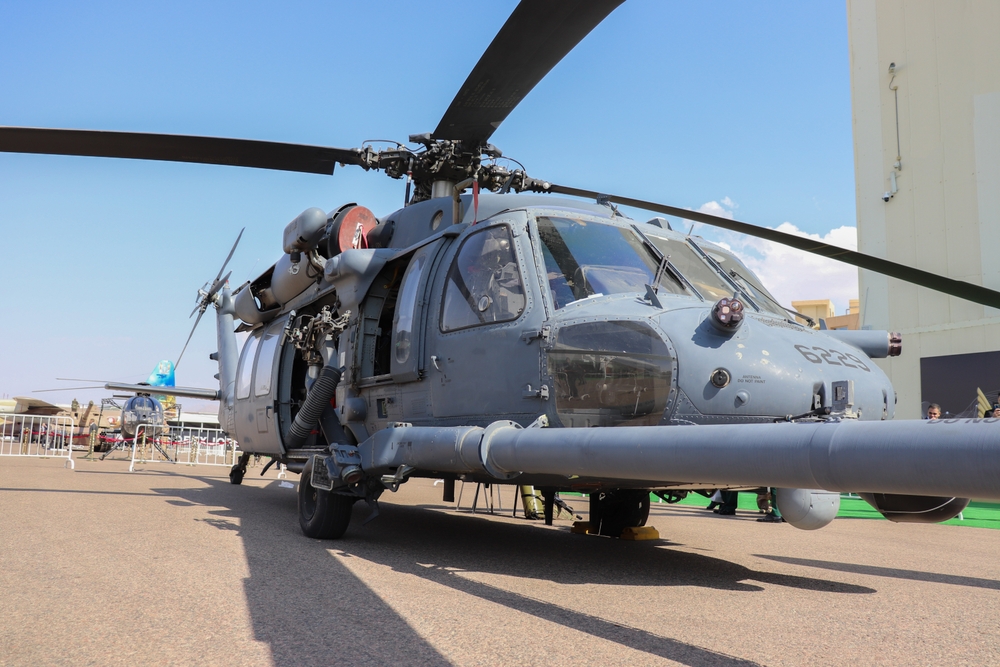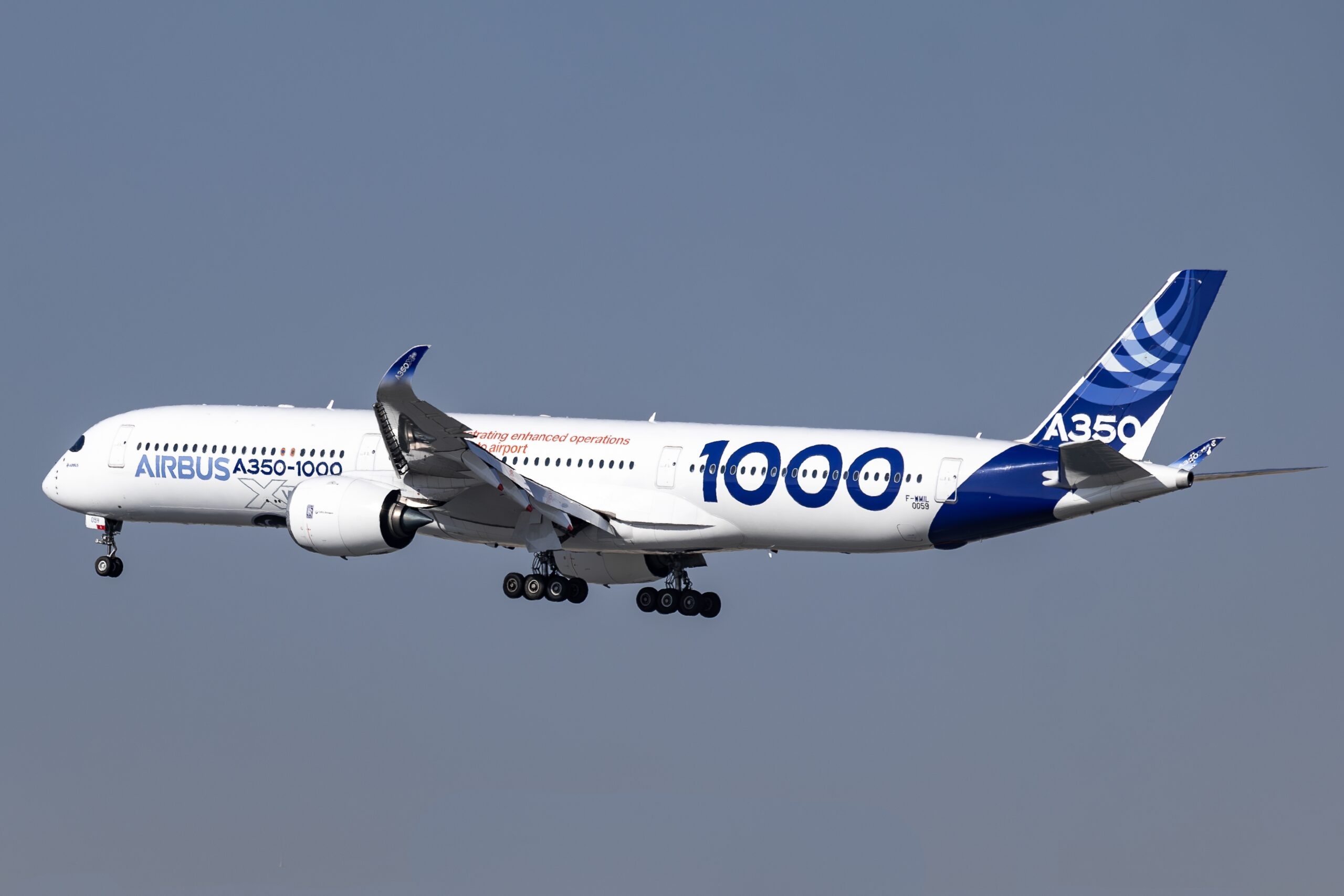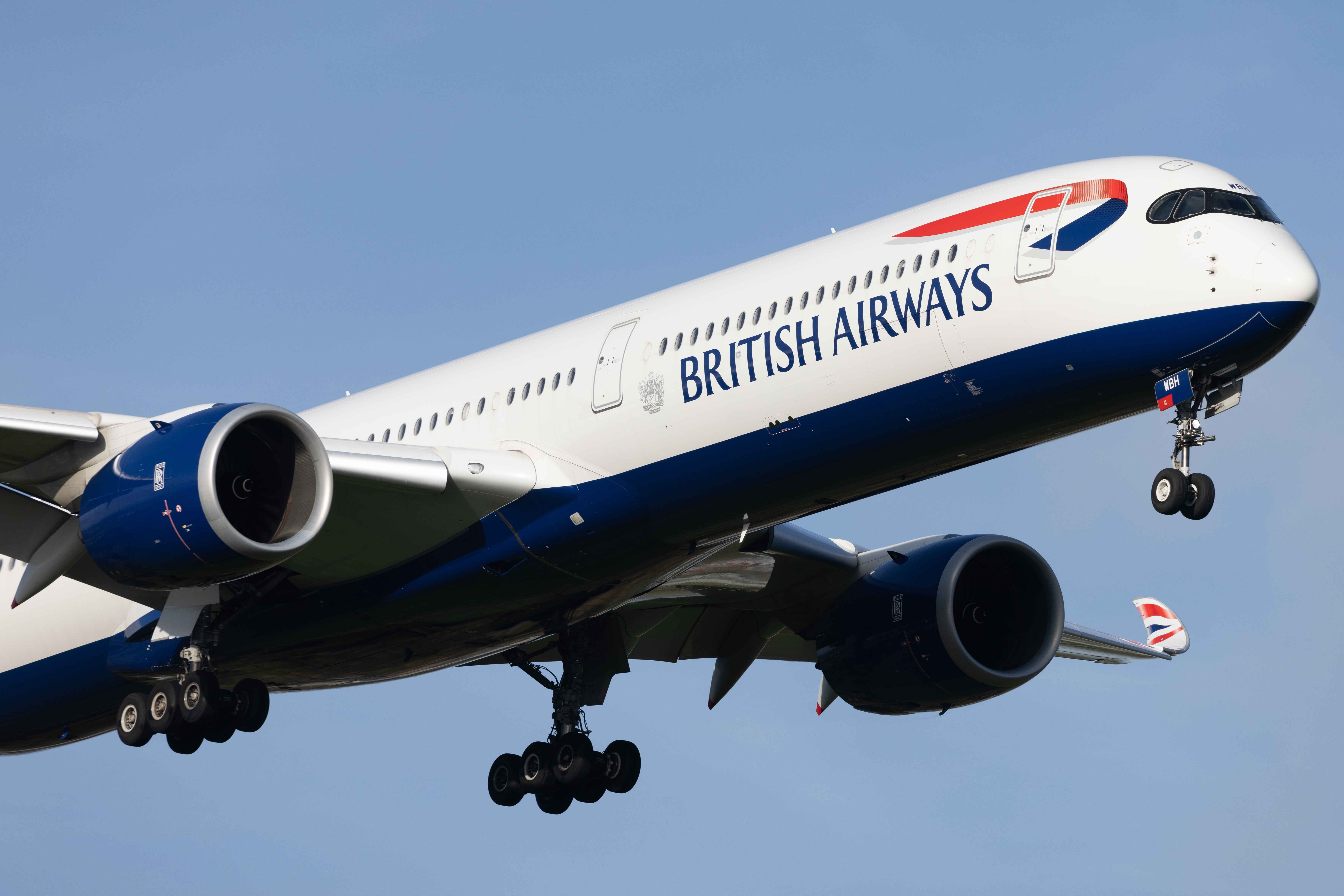HH-60W delivers unmatched combat rescue capabilities with advanced avionics, extended range, and superior defense systems. Explore its role in modern military missions.
Table of Contents
The HH-60W: A Comprehensive Look at a Modern Military Helicopter

The HH-60W, often referred to by its nickname Whiskey, is a modern military helicopter that plays a vital role in U.S. military operations, particularly in combat search and rescue (CSAR) missions. Developed as an upgrade over the older HH-60G Pave Hawk, the HH-60W is built on the robust framework of the UH-60M Black Hawk, incorporating advanced technologies and systems to enhance its performance, survivability, and operational efficiency.
Development and Design
Sikorsky, a Lockheed Martin Company, developed the HH-60W to replace the aging HH-60G fleet. The design took lessons from decades of operational experience, folding in enhancements while retaining the proven elements of its predecessors. The HH-60W addresses the need for greater range, improved situational awareness, and better survivability in hostile environments.
The primary improvements are extended flight range made possible by increased fuel capacity and advanced avionics. The airframe accommodates additional internal fuel tanks, effectively doubling the fuel capacity of the HH-60G. An integrated mission systems suite significantly improves pilot situational awareness with a combination of multi-function displays, improved sensors, and navigation systems.
Avionics and Systems
The HH-60W is equipped with state-of-the-art avionics that streamline mission management and enhance the helicopter’s versatility. A fully integrated glass cockpit aids in pilot workload reduction, leveraging digital interfaces and a clean layout for optimal control.
Key systems include the AN/APR-52 Radar Warning Receiver and the AN/AAR-57 Common Missile Warning System, which provide threats detection and alert capabilities. The addition of the AN/AVR-2B Laser Warning System offers further survivability by detecting laser rangefinders and targeting designators.
Night missions are supported by a combination of night vision goggle compatibility, improved interior lighting, and the forward-looking infrared (FLIR) system, which allows navigation and target identification in complete darkness.
Propulsion and Performance
Powered by two General Electric T700-GE-701D engines, the HH-60W possesses the horsepower necessary for demanding missions. These engines provide around 2,000 shaft horsepower each, enabling the helicopter to carry heavy payloads while maintaining agility and speed.
The performance specifications boast a cruising speed exceeding 180 knots and a combat radius of over 200 nautical miles. Coupled with aerial refueling capability, the HH-60W exhibits extended operational range to reach areas inaccessible to many other aircraft.
Mission Roles
Designed with a primary focus on combat search and rescue (CSAR) missions, the HH-60W offers versatility suitable for other roles as well. These roles include medical evacuation, civil search and rescue, and humanitarian aid delivery. Its robust systems and adaptability make the helicopter ideal for operations in adverse environments.
The crew capacity generally involves two pilots and two flight engineers, with provisions for six litters or up to 15 personnel, allowing flexibility depending on mission requirements. The aircraft’s design prioritized crew safety and accommodation amid high-threat scenarios.
Armament and Defense
The HH-60W is fitted with armament options to ensure defensive capabilities during missions. It typically carries the M240 7.62mm machine guns or the GAU-2/A 7.62mm minigun on pintle mounts at the cabin doors, capable of providing suppressive fire.
For enhanced protection, the helicopter employs robust armor plating in critical areas and redundant systems to withstand hostile fire. The suite of deception countermeasures, such as chaff and flares, ensures the helicopter’s survival against surface-to-air threats.
Operational History
Since its introduction, the HH-60W has seen active deployment in various global hotspots. The reliable and rugged nature of the helicopter makes it indispensable in both combat theaters and peacetime operations. It provides a lifeline in complex environments where traditional resources may struggle to operate.
The feedback from its deployments is largely positive, with users noting its range and innovative technologies that crucially enhance mission success. These capabilities, integrated into a legendary platform, ensure that the HH-60W remains effective across a broad spectrum of mission profiles.
Future and Evolution
The evolving nature of modern warfare dictates continual improvement and adaptation in aerial assets. The HH-60W is set to see future upgrades, including improvements in networking capabilities and potentially advanced sensor integration to expand its mission roles.
Sikorsky and the U.S. Air Force are expected to collaborate on planned upgrades, ensuring the helicopter can contend with emerging threats. These advancements will likely integrate next-generation communication technology, keeping the platform competitive and relevant against increasingly sophisticated adversaries.
Conclusion
While the HH-60W Pave Hawk is already a helicopter that meets current tactical requisites, its potential for future enhancements promises continued relevancy. It unifies valuable past experience with cutting-edge technology, offering a comprehensive solution for diverse operational needs. The HH-60W paves the way for robust and reliable airborne operations, designed to tackle challenges in any theatre across the globe.






